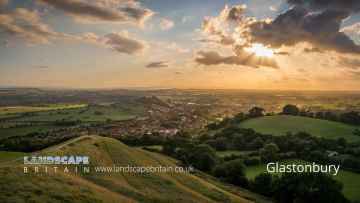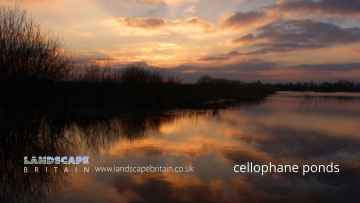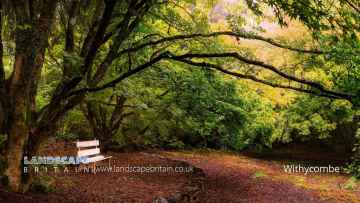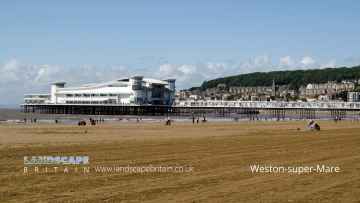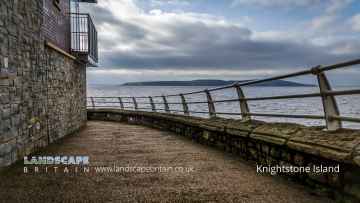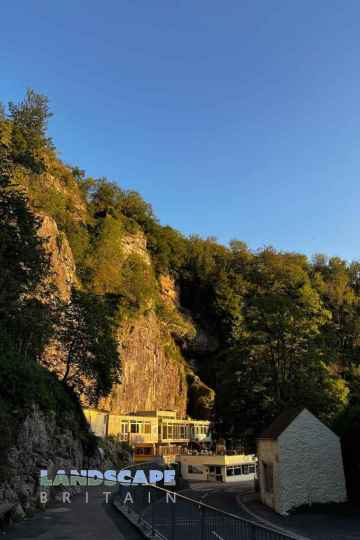Dulverton
Dulverton is a Town in the county of Somerset.
There are great places to visit near Dulverton including some great cities, historic buildings, towns, ancient sites, hills, ruins, historic monuments, lakes, villages, airports, beaches, islands, rivers and streams, hiking areas and caves.
The area around Dulverton boasts some of the best cities including Bath, and Wells.
The area around Dulverton features a number of interesting historic buildings including Beckford's Tower, Tropicana, Grand Pier (Weston-super-Mare), and Wells Cathedral.
Towns to visit near Dulverton include Glastonbury, Langport, Bridgwater, and Weston-super-Mare.
Ancient Sites to visit near Dulverton include Glastonbury Tor, and Chalice Well.
The area around Dulverton's best hills can be found at Glastonbury Tor.
Glastonbury Abbey is a great place to visit close to Dulverton if you like ruins.
The area around Dulverton boasts some of the best historic monuments including Chalice Well, and Cheddar Market Cross.
There are a several good lakes in the Dulverton area like Cellophane Ponds, and Marine Lake - Weston-super-mare.
Villages to visit near Dulverton include Withycombe, Uphill, Cheddar, and Wookey Hole.
Don't miss Bristol Airport's airports if visiting the area around Dulverton.
Weston-super-Mare Beach is a great place to visit close to Dulverton if you like beaches.
Dulverton is near some unmissable islands like Knightstone Island,
River Axe is one of Dulverton's best, nearby rivers and streams to visit in Dulverton.
The area close to Dulverton boasts some of the best hiking areas including Cheddar Gorge.
There are a several good caves in the Dulverton area like Cheddar Gorge, and Wookey Hole Caves.
Dulverton History
There are some historic monuments around Dulverton:
Places to see near Dulverton
History of Dulverton
The Middle Ages saw continued growth and the establishment of fairs and markets, with several small industries based upon the traditions of upland farming and the wool trade. These include related works such as laundries; originally used for the washing of sheep fleeces in the leats feeding the wide and fast-flowing River Barle, the surviving 19th-century industrial laundries continue to provide a service to surrounding businesses. The market house in Fore Street, which is believed to date from 1760, was converted into the town hall in 1866, with the porch and external double staircase being added in 1930 by Sir Albert Richardson.














